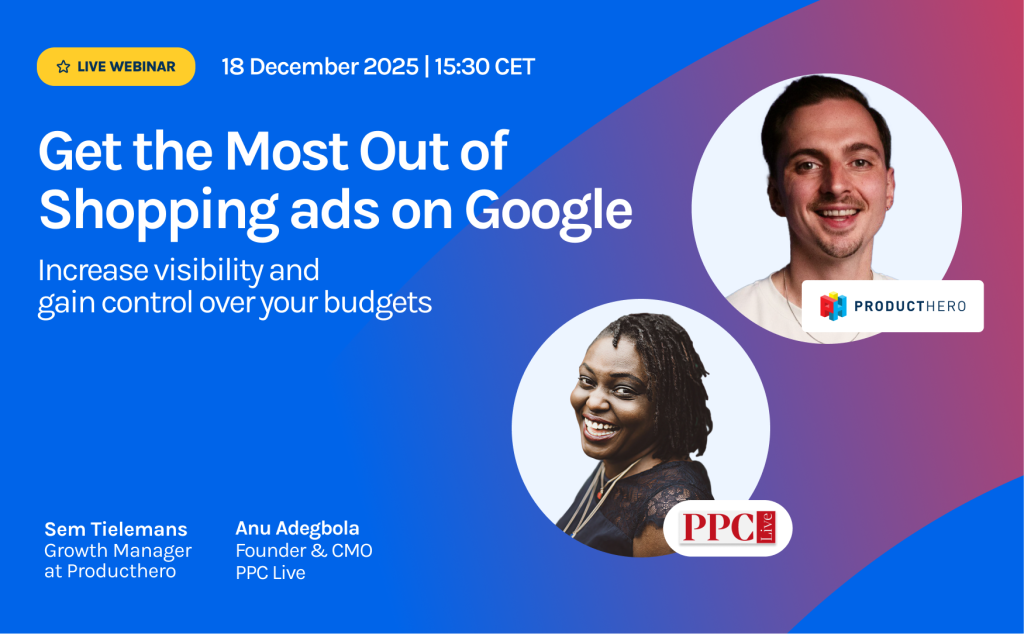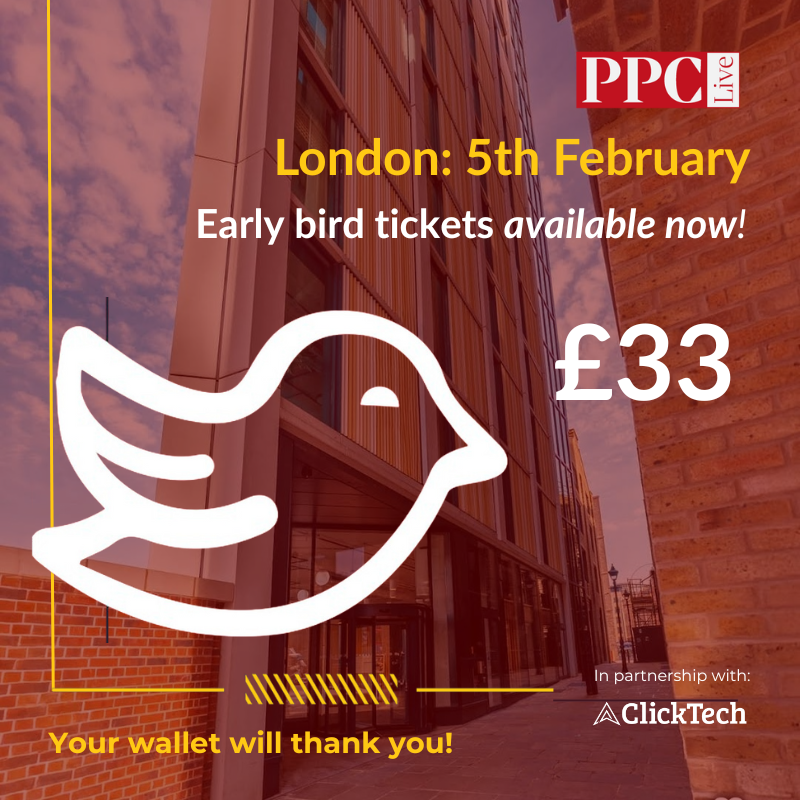In 2025, most advertisers have gotten way too cozy with automations. When Google Ads shows up and says, “Hey, trust us. we’re going to make this easier on you. Trust our process,” we nod. We hit “apply recommendations,” grab our coffee, and turn our attention elsewhere, assuming things are humming. Then five minutes into the next month, we’re scratching our heads, asking: “Where the hell did all this wasted spend come from?”

It wasn’t always like this. Several years ago, we had more control. Do you remember match types? Yeah — me too.
The days when you could tweak ad copy freely, adjust placements and exclusions, and actually see how things worked. Now? We’ve got 18 headlines, 4 descriptions, 3 “asset groups”, and we’re hoping the smart-AI will piece something meaningful together — instead of turning our walk-on-the-wild-side copy into a joke.
Placement exclusions used to make sense: You didn’t want your ads sprawling across every weird corner of the web where your audience would never go. But now? It’s “set-it-and-forget-it” automation, and somehow we’re flying blind in the most important parts of campaign success.
Let’s be clear: trusting automation isn’t the problem. The problem arises when convenience compromises clarity and performance. So here’s the moment to ask: At what point did we let the machine drive us — instead of us driving the machine?
How Platform-Loyalty Sneaks In
The story goes like this: you wake up to a new “recommendation” badge in Google Ads, you click it, and you approve it. A week later, you see spend creeping up, conversions dipping, but the platform says “all good.” Meanwhile, you’re too busy to dig in.

You might spot that you or your team are using Auto-Apply Recommendations more than diving into campaign structure. Or that one-click optimizations are happening more often than thoughtful tweaks. You tell yourself, “Well, Google knows best,” or “Microsoft’s algorithm learns faster than I can.”
Here are the facts: give yourself some credit. The tools might know some things, but they don’t know your business or your clients’ business like you do. And here’s a kicker: advertisers are spending significantly more budget through automation while transparency is decreasing year over year.
Yep, more spend, less insight.
The Real Costs of Over-Automation
Picture this as Act II in our story, and it’s where things get messy.
Loss of Visibility and Data
When the platform takes over the heavy lifting, you might wake up one morning and find you can’t answer questions like “Why did CPA spike?” or “Which search terms killed us?” You’re missing granularity — search queries, placements, match types — buried in algorithmic black boxes. If you can’t see why performance changed, you’re not managing; you’re hoping.
Homogenised Accounts
Everyone jumps into the same automated campaign types, uses the same smart bidding, the same asset group setup, and the same signals. The result? Your account looks just like your competitor’s. That’s not differentiation, that’s a race to the middle. One strategist wrote it best: “If every advertiser’s setup looks like a Performance Max clone, the only thing that stands out is the one who decided not to copy-paste.”
Algorithmic Dependence
The more you outsource decision-making, the fewer questions you ask. “Why did my ad perform that way?” “Why did spending rise?” “Why did targeting change direction?” If the platform answer is just “because the algorithm,” you’re losing your edge. The machine doesn’t know your margins, your seasonal swings, your unique business model. You do.
Regaining Your PPC Edge (and the Spoiler—You’re the Alchemist)
Here’s the good part: there is a way back from cruise-control mode. You can reclaim control without dumping automation.
1. Treat Automation as a Tool — Not a Babysitter
Let the platform do the grunt work, but you keep the mission control. You define the signals, the business objectives, and the context. Automation executes.
2. Build Your Own Guardrails
Don’t hand over complete control. Create negative-keyword lists, placement exclusions, conversion rules — your version. Example: Run one campaign using full automation, and a parallel one where you maintain control over audience signals. Compare. Learn.
3. Prioritise Your Data
Link your CRM, server-side tracking, and offline conversion lifts. This is your moat. The fewer secrets you leave to the platform, the better. According to a 2025 report, only 43% of companies have implemented full-funnel reporting. TripleDart. If you’re among the other 57%, you’re flying blind.
4. Stay Platform-Agnostic (Yes, the Word Exists)
Don’t give all your lunch money to one kid in the sandbox. Test across Microsoft Advertising, LinkedIn Ads, retail-media networks, and others. You’ll learn how different algorithms behave — and where you can still gain an advantage.
The Future of PPC Control
We’re entering Act III of our story. The script’s flipped. Full control won’t ever come back the way we knew it — but a new kind of control is on the table.
The PPC marketer of 2025 is no longer a “bid manager.” They’re an AI interpreter. They ask, they question, they override when needed. They don’t unquestioningly trust recommendations; they vet them. They don’t simply scale; they steer. They don’t just optimise metrics; they protect margins.
Automation isn’t the villain. Complacency is.
So, here’s your last punchline: if you’re going to ride shotgun in the platform’s driver seat, make sure you’re still holding the map. Audit what’s been automated. Challenge the defaults. Take back your strategic seat. Because the advertisers who survive won’t be the followers of the algorithm — they’ll be the strategists who made the algorithm work for them.






